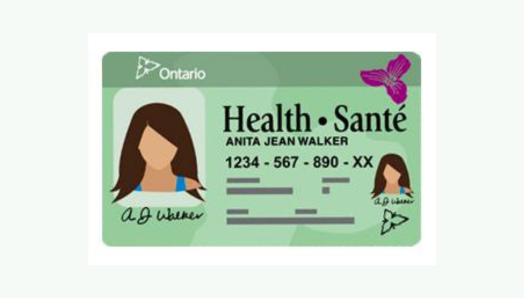By: Michelle Yang
This past year, I had the pleasure of working with CNIB on a research project aimed at understanding the accessibility of Service Ontario. Service Ontario provides health cards, driver’s licenses, registers births, marriages, and deaths, offers post-secondary student loans, and more. Although Service Ontario is a vital service for living, working, studying, and receiving healthcare in the province, several marginalized groups, including people who are blind or low vision, assert that Service Ontario often falls short of providing equitable services. 
When Service Ontario launched its online Ontario Health Card renewal process, it created a significant barrier for Ontarians who are blind, low vision or Deafblind, as the renewal form required a valid driver’s license. CNIB and other disability organizations advocated the Government, which resulted in an updated online renewal process. Ontarians without a driver’s licence can now renew their health card online using an Ontario photo ID card.
The lack of attention to inclusion indicated the need for a broader conversation about the accessibility of Service Ontario. Through focus group discussions, CNIB identified several barriers and important recommendations to increase the accessibility of Service Ontario. CNIB shared the report with the Ontario government in hopes of removing barriers in future.
When considering accessibility, it is important to recognize that it’s the systemic barriers to inclusion that create limitations. In the context of Service Ontario, this could include inaccessible numbered queueing systems, website design, building signage digital and paper forms, and staff disability awareness training.
To improve accessibility, people with disabilities should be consulted about their experiences and potential solutions to barriers, whether through a formal accessibility committee or as individuals.